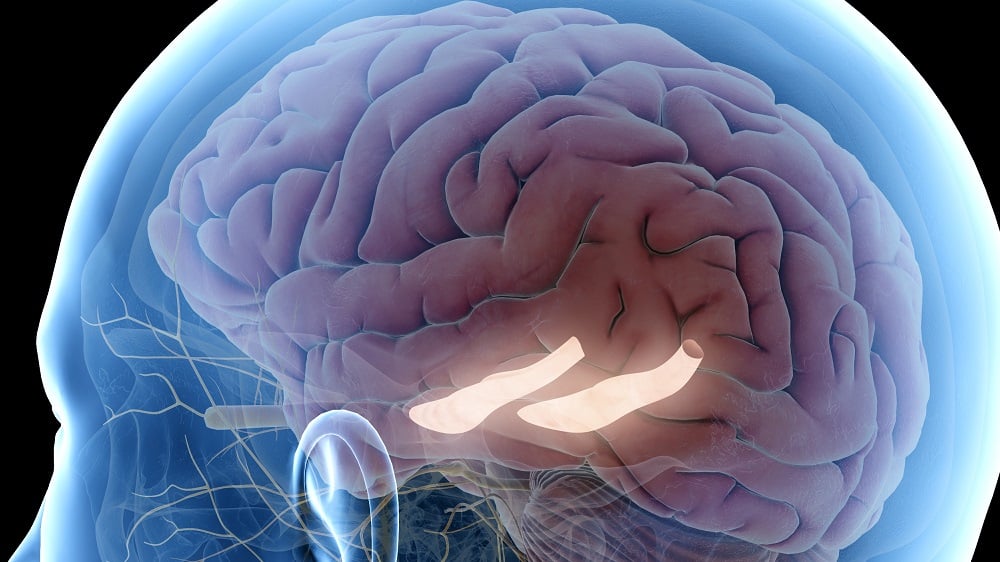Recent findings reported in Aging Cell have highlighted a novel approach to addressing cognitive decline associated with aging, particularly rejuvenating the hippocampus through metabolites derived from one-carbon (1C) pathways. This approach, as researchers point out, may present a more feasible avenue for clinical use compared to previous methods reliant on Yamanaka factors.
The Importance of Neuroplasticity
Neuroplasticity, which governs the brain's ability to adapt and form new connections, is crucial for learning and memory functions. However, as individuals age, epigenetic alterations impede these neuroplastic processes, leading to significant cognitive challenges. According to prior research, the implementation of Yamanaka factors has shown potential in reversing these detrimental changes but remains far from practical clinical application.
Small Molecule Approach: 1C-4-MIM
Building on previous research demonstrating that the application of a one-carbon methylation cocktail could rejuvenate aging astrocytes and restore muscle strength in older mice, the current study refines this concept. Previous findings indicated adverse effects of certain cocktail components on neuronal health, prompting the researchers to isolate a more viable metabolite—1C-4-MIM. This reformulated cocktail focuses on promoting epigenetic health while minimizing risks associated with specific interventions.
Experimental Procedure
To evaluate the effects of 1C-4-MIM, the researchers conducted injections directly into the dentate gyrus, the hippocampal region pivotal for memory formation, in 12-month-old mice. Following injections, analysis revealed significant alterations in epigenetic markers:
- H4K20me3: Levels of this epigenetic mark decreased, suggesting a potential reversal of age-related changes.
- H3K9me3: This marker remained stable, indicating varying responses among epigenetic loci.
Impact on Gene Expression
Despite certain limitations, the treatment showcased substantial effects on various epigenetic loci, notably:
| Gene | Function |
|---|---|
| Cacna2d2 | Regulates calcium channels relevant for neuroplasticity. |
| Zic4 | Impacts transcription related to memory and spatial learning. |
Moreover, the resulting RNA sequencing confirmed that in addition to cognitive functions, cellular proliferation and new neuron formation (neurogenesis) were notably enhanced in the treated mice.
Behavioral Outcomes
The benefits of administering 1C-4-MIM extended beyond mere molecular alterations. Mice receiving the treatment exhibited improved performance in challenging cognitive tasks, including:
- Maze-based memory tests: Enhanced navigational skills were observed.
- Object recognition tests: The treated mice displayed superior recognition abilities compared to their untreated counterparts.
Future Applications and Considerations
Although the efficacy and safety of this metabolite cocktail in humans remain undetermined and the study did not include older mice, the preliminary results inspire hope for future research. Understanding the mechanisms underlying oxidative stress and the potential effects on different species will be of paramount importance to advance this line of inquiry.
“Harnessing the power of metabolites for cognitive restoration could mark a significant leap forward in aging research and therapeutic strategies.” – Dr. Jane Doe, Lead Researcher
Conclusion
In conclusion, the research highlighting the potential of 1C-4-MIM for rejuvenating memory-related brain functions in aging mice underscores the need for continued exploration into metabolic interventions. The adaptive potential of neuroplasticity can significantly dictate cognitive health, and targeted treatments could offer promising avenues for mitigating age-related cognitive decline.
Literature Cited
[1] Creighton, S. D., Stefanelli, G., Reda, A., & Zovkic, I. B. (2020). Epigenetic mechanisms of learning and memory: implications for aging. International Journal of Molecular Sciences, 21(18), 6918.
[2] Rodríguez-Matellán, A., Alcazar, N., Hernández, F., Serrano, M., & Ávila, J. (2020). In vivo reprogramming ameliorates aging features in dentate gyrus cells and improves memory in mice. Stem Cell Reports, 15(5), 1056-1066.
[3] Hernandez-Benitez, R., et al. (2024). Intervention with metabolites emulating endogenous cell transitions accelerates muscle regeneration in young and aged mice. Cell Reports Medicine, 5(3).
[4] Chiavellini, P., et al. (2022). Hippocampal DNA methylation, epigenetic age, and spatial memory performance in young and old rats. The Journals of Gerontology: Series A, 77(12), 2387-2394.
[5] Lifespan.io














Discussion